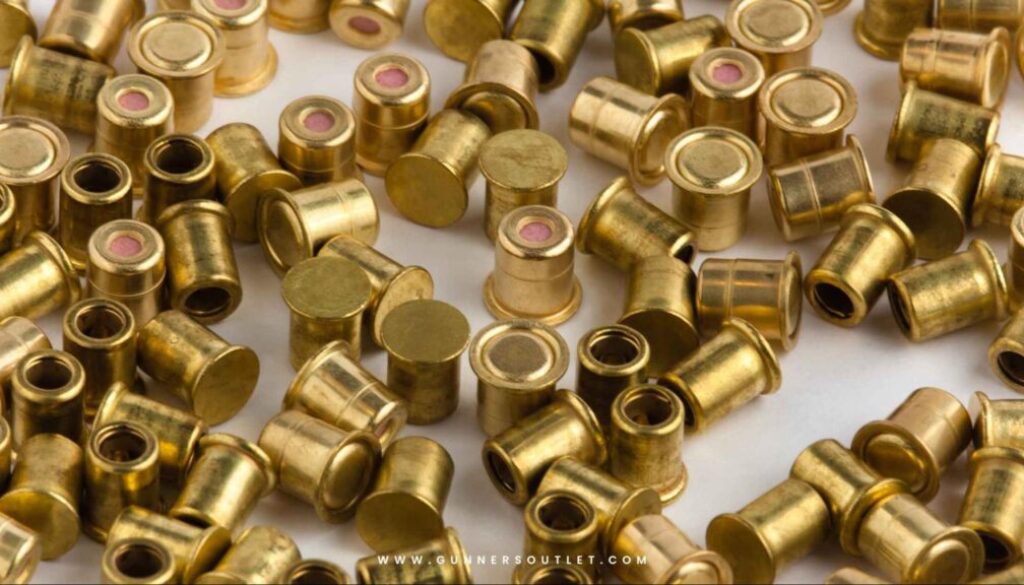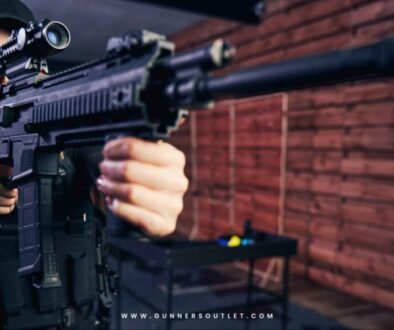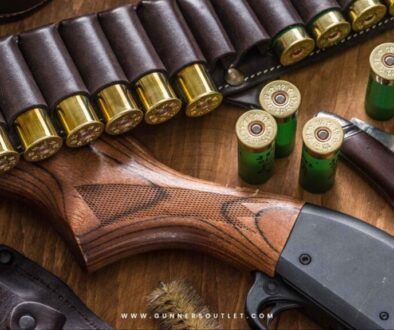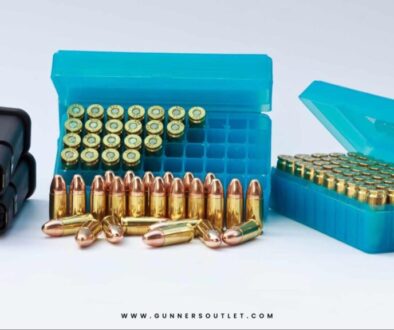Exploring the Different Types of Primers Used in Ammunition Manufacturing
Ammunition manufacturing involves the use of primers, which are essential components for igniting gunpowder and propelling a bullet forward through the barrel. Different types of primers are used depending on the type of weapons being fired, ammunition caliber, and location. In this guide, we will explore the different types of primers used in ammunition manufacturing and how they impact performance and safety.
The most common type of primer used in ammunition manufacturing is the centerfire primer. Centerfire primers contain a small amount of propellant that is ignited when struck by a firing pin or hammer. This type of primer is usually used in rifles and shotguns as it delivers faster reaction times due to its smaller size.
Another type of primer commonly used is the rimfire primer. Rimfire primers are typically found in small-caliber ammunition such as .22 LR cartridges. This type of primer contains a lead cup filled with explosive chemicals that is ignited when it comes into contact with a hammer or firing pin at the edge or rim of the cartridge casing. Rimfire primers have slower burning rates than centerfire primers, resulting in lower muzzle velocities and increased accuracy over longer distances.
There are also specialty primers available for unique applications such as blank rounds, flares, tracers and signaling munitions. These specialized cartridges require an additional electrical charge to ignite the powder load and must be loaded with an appropriate “electric” primer. This type of primer uses two separate chemicals that create an electronic spark when touched by a firing pin, resulting in more reliable ignition with every shot compared to regular centerfire or rimfire cartridges.

Ammunition safety doesn’t end with the type of primer used during manufacturing. It is equally important to consider the age and condition of your ammunition, storing and transporting it safely, and using proper loading techniques.
When purchasing ammunition, make sure you check for expiration dates or visible signs of corrosion before buying. Store your cartridges in a cool, dry environment and transport them in properly labeled containers away from direct sunlight. When loading firearms, always follow the manufacturer’s instructions carefully to ensure that only the correct caliber/gauge and type of cartridge is used to avoid negligent discharges or jams due to improper fitment. Lastly, never mix live cartridges with empty casings!
It is also important to be aware of any local laws pertaining to ammunition storage and transportation. Some cities may require a permit to possess or transport certain types of ammunition, so be sure to check with your local law enforcement for more information about applicable laws in your area.
Most importantly, when handling firearms, always practice safe gun handling exercises such as keeping your finger off the trigger until ready to shoot, never aim at anything you’re not willing to destroy, always transport/store firearms unloaded with all safeties engaged etc… Doing all this helps create an awareness attitude around these lethal tools making firearms safe enjoyable devices for regulated recreation entertainment!




